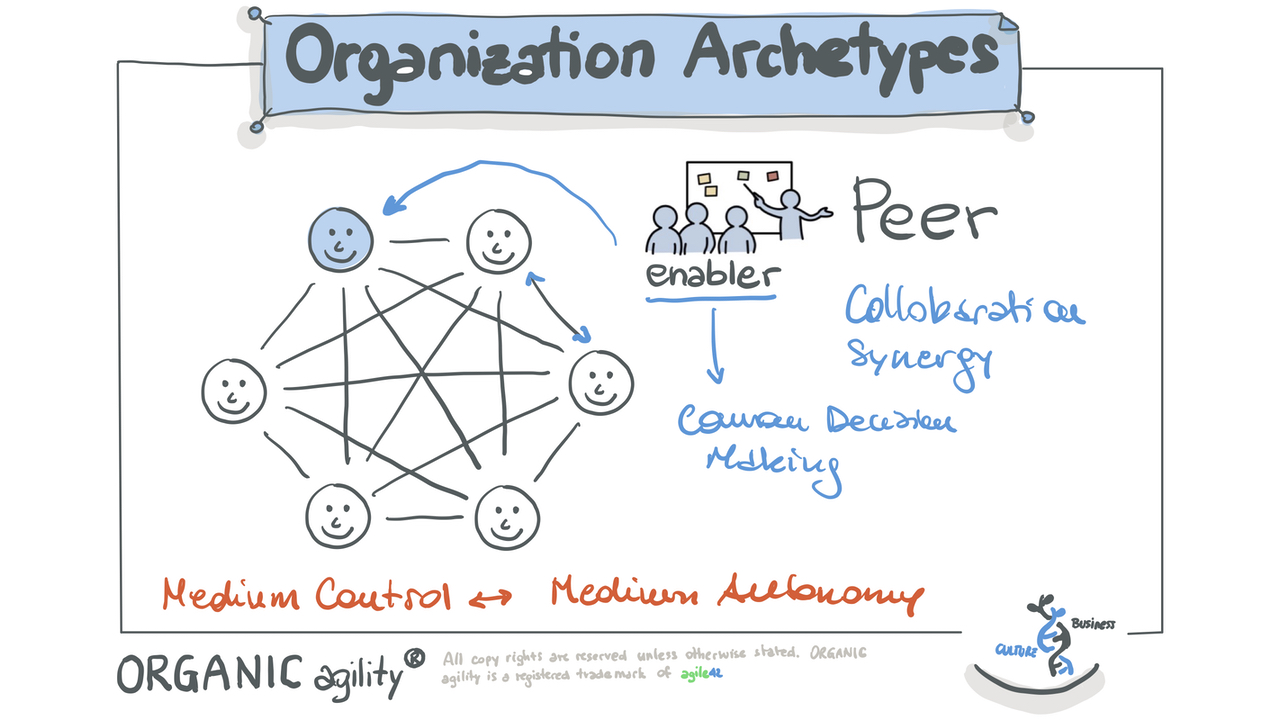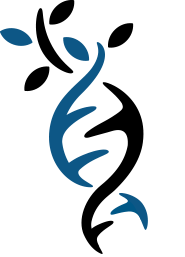Recording of first ORGANIC agility webinar

The first webinar in the ORGANIC agility took place on January 31st and together with Christina Kiehl, Chief Finance & Operations Officer of congstar, we discussed Organizational Archetypes, a key element in the ORGANIC agility toolbox. You can watch here the recording, or on YouTube. The discussion was hosted by agile42 coach Michèle Twomey.
Archetypes are a high-level representation of converging leadership attitude, organizational culture and organizational design. They create a language that can be used to create coherence and reflect on how to evolve towards more coherent states, without removing the right amount of diversity. They can be used to understand the current state and identify which capabilities can be leveraged to increase the level of autonomy within the organization.
Christina told the audience about the situation at Congstar and the expectations were before starting to use the ORGANIC agility tools, how the archetypes were used during this transformation and their value and challenges.
During the webinar I prepared the illustrations displayed live, you can download a PDF with all the webinar illustrations.
Questions & Answers
At the end of this webinar, you might notice that we did not manage to get to all your questions. However, Christina and I did not want to leave you hanging, so we made sure to answer afterward. We have collected their responses here in a little Q and A for those who didn’t get an answer to their questions and for readers who would like even more information.
The questions were copied as submitted and have not been edited. If you do not see your question here, it is because we have saved it to be used in a future webinar, whose theme is a great match for it. My responses are indicated by AT, while those by Christina by CK.
Q: How do you make sure the leader in the team only steps up in situations where he/she is needed? And how/who defines those situations? – Anonymous
AT: Within the Peer Archetype, the cultural context is such that people don’t fear to address each other directly, regardless of hierarchy. This means that, while a “leader” might retain veto right, they are primarily interested in gaining consensus, not falling back to a less autonomous Co-ordinator archetype. The archetype models how the team behaves, not how they would like to. The role of the “leader” can, therefore, also shift based on the situation, rather than being institutionalized or imposed (which wouldn’t fit with the culture underlying the archetype).
Q: How did you measure “commitment”? – NB
CK: We set up a survey where every participant answered different questions or rated statements regarding the 7 dimensions. As an example, for the dimension of team decision-making, we chose the following 3 statements:
- We define our team goals together.
- Our team goals contribute to the company goals.
- We commit to our team goals.
And one open question: What would help/what do you need?
We measured commitment by rating the answers “rather applies” & “definitely applies”.
That was how we determined the level of commitment, the current status of the organization, and what is needed to support teams or individuals or where another behavior is needed from the management team.
Q: How to work with those leaders that are rather rejecting? – IB
AT: This is a difficult question to answer as there isn’t one way only to tackle this problem. Overall the approach is similar to what happened at congstar – encourage the leaders who are more enthusiastic and supportive to actually drive the change. It is important throughout the whole process to remind people that the purpose of assessing the level of autonomy is not about rating the teams and their leaders but rather understanding where there are expectation mismatches that need to be addressed to make the work experience more enjoyable and productive for everyone. Archetypes help create a common language and understand organizational culture, which exists whether we want it or not, it isn’t something that we can deny or ignore.
Q: How are these archetypes related to Daniel Colemans Leadership styles? – Anonymous
AT: Daniel Goleman’s Leadership styles are a way to represent Leadership attitude, which is one of the 3 dimensions of ORGANIC Leadership. The goal of ORGANIC Leadership is to allow multiple models to coexist by mapping them through archetypes, which provide a scaffolding structure. The way it is adapted to specific organizational situations is by mapping “behaviors” to archetypes, which in turn enables the organization to understand how to consciously act to encourage autonomy growth. Archetypes also identify which characteristics allow a group to act sustainably at a specific autonomy level.
Q: Did you experience failure in having a company actually evolving? If so, did you identified the key roadblocks? – DR
CK: For sure there are always situations that are difficult or where you fail. As we work with experiments, we always try to keep the failure controlled and limited.
I would say the most important thing is to be very disciplined and to try to behave accordingly to what has been agreed in advance. Then it is also crucial to be very transparent and goal-oriented. If you want to establish a learning organization the common understanding of setting goals, KPIs, measure success and share learnings is essential. For us, staying focused and acting disciplined and “process-compliant” is still an issue – especially to avoid inefficiency.
 ORGANIC agility
ORGANIC agility